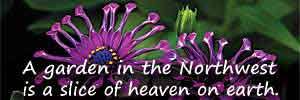Stories Aquilegias Could Tell was moved to our blog at debbieteashon.com: Please click to redirect to the new page.
We are sorry for the inconveniance. Please update links to new page.
Stories Aquilegias Could Tell was moved to our blog at debbieteashon.com: Please click to redirect to the new page.
We are sorry for the inconveniance. Please update links to new page.

